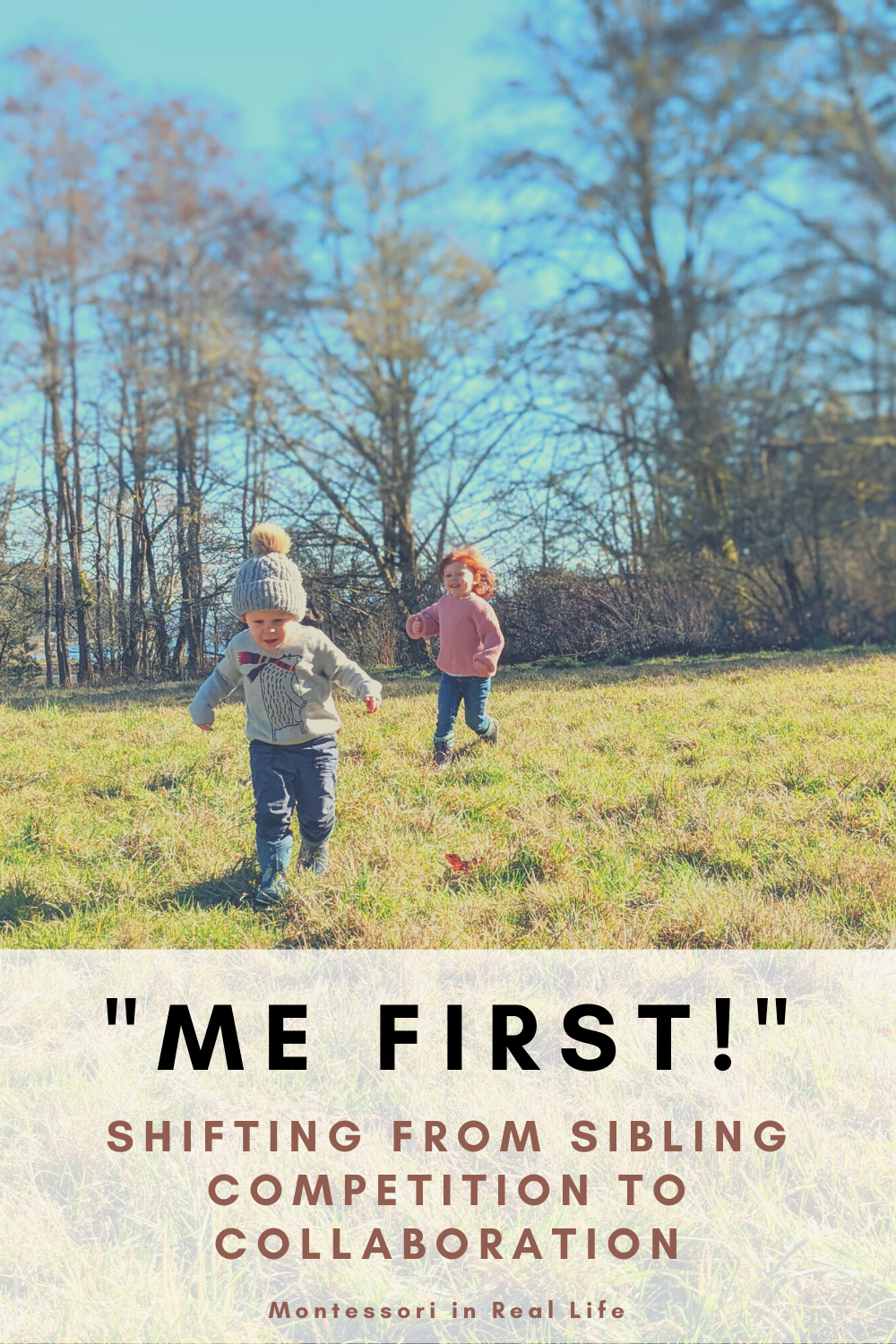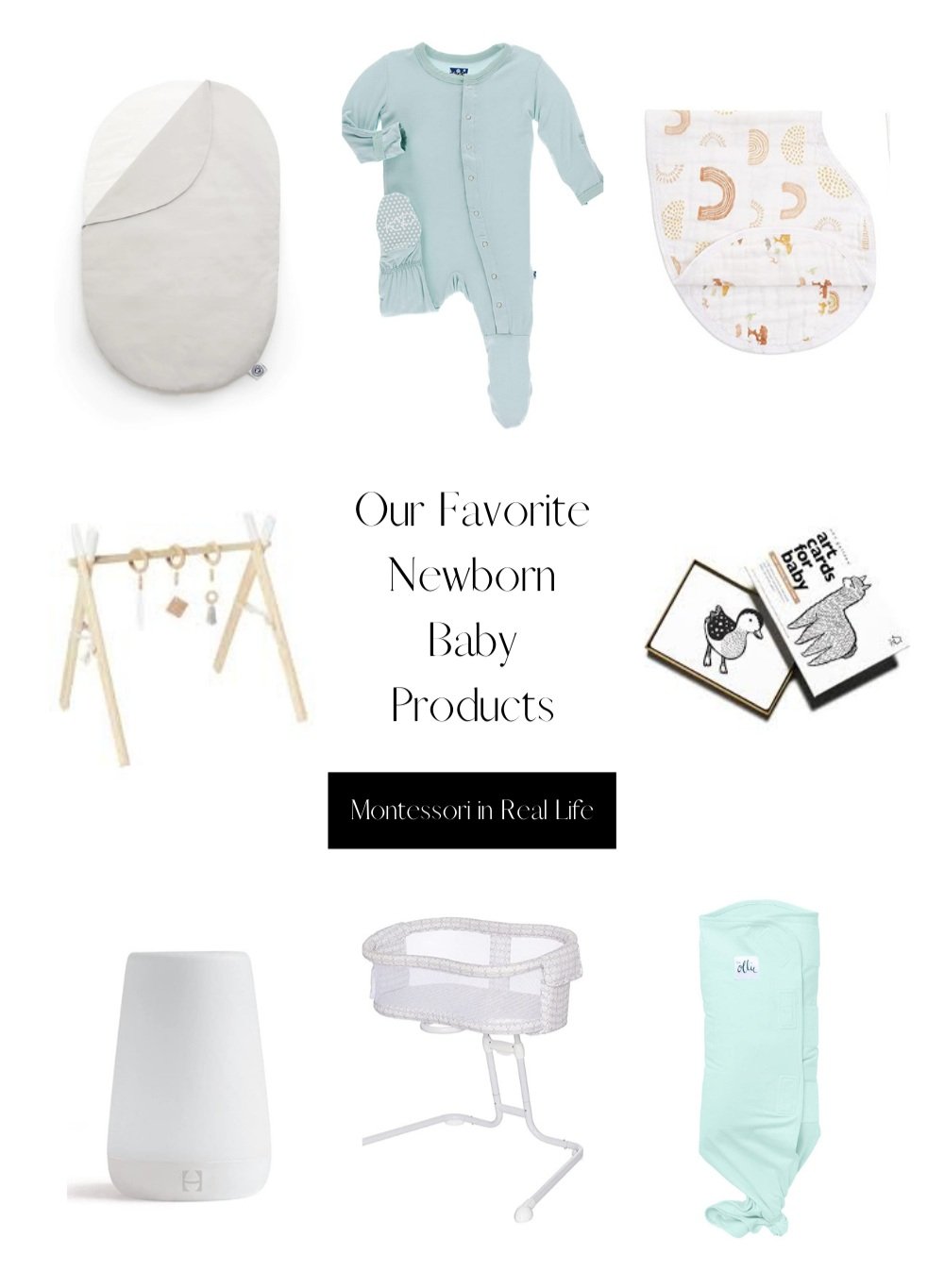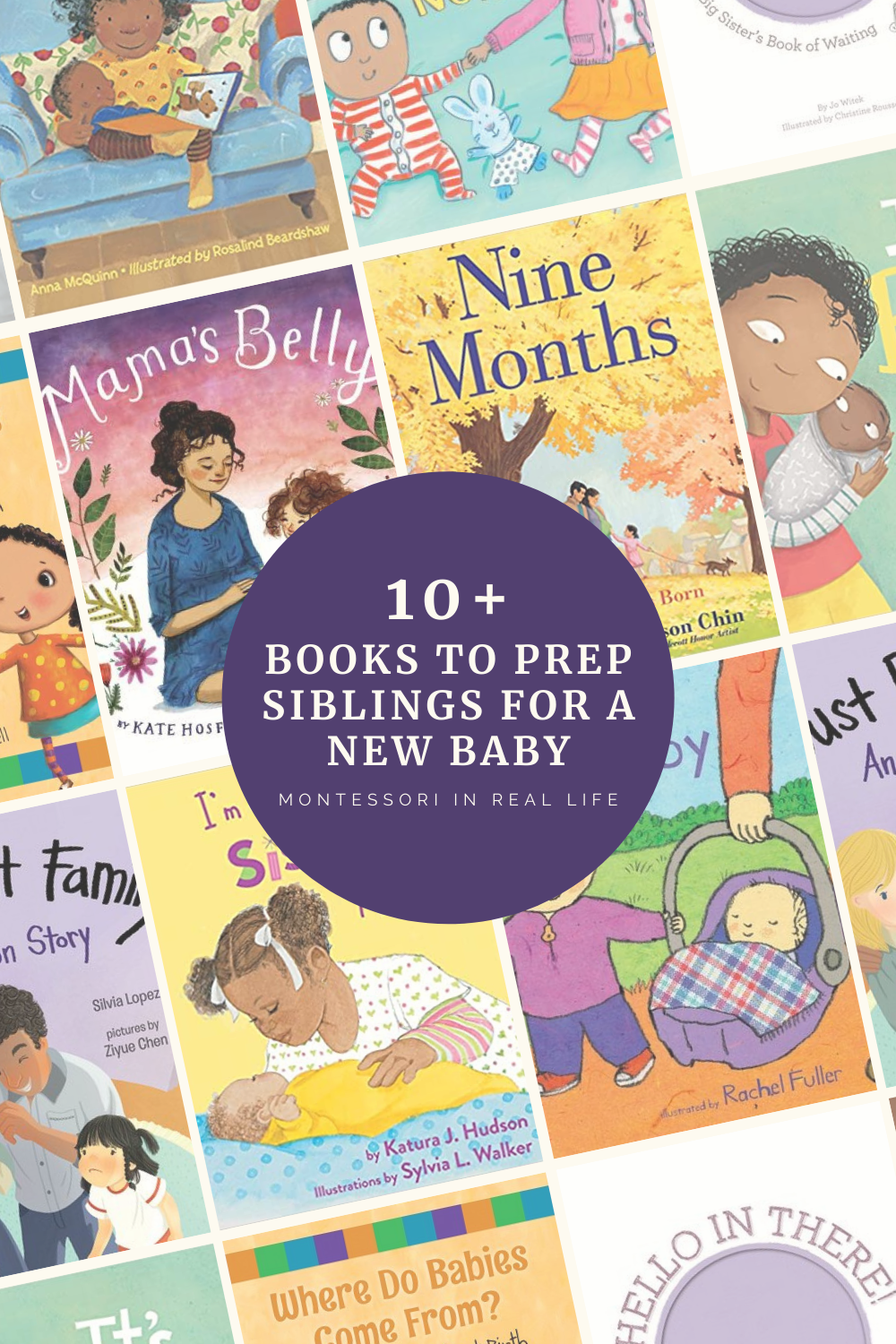Close-Ended vs. Open-Ended Toys in Montessori
Montessori in Real Life
A question I get asked frequently is why purchase toys that are “one and done”, or in other words, have one way to use them. I call these “close-ended materials”. This is in contrast to open-ended materials which can be used in any number of ways. Montessori classrooms and homes are primarily comprised of close-ended materials. Why? I think there is a common misconception that young children always prefer open-ended toys. I have found that children enjoy close-ended as much if not more, and create open-ended play with anything they have. It isn’t an “either/or” situation. Close-ended materials give children a sense of purpose, order, and satisfaction of accomplishment. Open-ended toys give children a space for creativity and freedom. There are reasons for each and for both. My goal here is to explain, in more detail than anyone asked for, why. :)
Close-Ended Materials
With close-ended materials, there is one specific purpose and way to use them. These types of materials are more always found in a Montessori classroom and home. Close-ended include materials such as knobbed cylinders, a puzzle, tracing, object to picture matching, or one-to-one correspondence. Often a lesson is given before the child interacts with the material.
Benefits of close-ended materials
Purpose - Young children love nothing more than having a purpose, and close-ended materials provide just that. There is a clear purpose to each material, which gives children a sense of ownership and accomplishment.
Challenge - These types of materials can be chosen to provide just the right level of challenge for a child. There is something so satisfying for children (and adults) when working through a problem that is tough but not out of reach.
Mastery - With that purpose and challenge comes the satisfaction of completing the work. Children feel the sense of “I did it” when they master it, particularly for the first time. They can then even go on to teach a younger child how to use the material.
Concentration - As children work though these materials and challenges, there is often a look of “in the zone”. When children are deep in concentration in this work, they often want to repeat over and over even after mastering.
Self-correction - Many close-ended materials allow for self-correction, meaning they indicate when something is wrong, rather than an adult telling them so. For example, with knobbed cylinders, if one cylinder is placed incorrectly, the last cylinder won’t fit, and they will know to try a different way.
Order - Young children crave order, as order gives them a sense of security in a world that feels so big. Close-ended materials give them this sense of order, which is attractive and inviting to them.
Specific Skills - Each material aims at teaching or honing a specific skill, whether that’s size discrimination, shapes, writing, or colors. By isolating one skill at a time, children can really focus and master that skill.
Sequencing - Often, close-ended materials involve multiple steps, which helps young children learn how to sequence steps and plan ahead. They memorize a specific order to the steps, and gradually add on more steps with age and experience.
Cleaning Up - Part of the sequencing involves taking a tray off the shelf and putting it back on after. Even toddlers get practice with the full cycle of an activity: Taking the tray off the shelf, putting the material on a work mat, using the work, putting it back on the tray, and back on the shelf. These are wonderful habits to develop.
It’s important to note that just because a material is close-ended, doesn’t mean that it will always be used in the way intended. If no one or nothng is getting hurt, there is typically no problem with the material being used creatively. D prefers to pin poke inside the lines than on the dotted lines, and S might stack instead of nest blocks. Lots of “close-ended” materials end up being used in an open-ended way!
Photo by Megan Hooks Photography
Open-Ended Toys
That being said, most homes, including Montessori homes, also include plenty of open-ended materials, or toys. Examples of open-ended toys include magnatiles, objects from nature, art supplies, dolls, and cars. With these materials, there is no reason for us to show them how to play. These are often especially enjoyed more by children 2.5 and up, as they begin to play pretend, and tend to get more fun with age.
There are also a number of benefits of open-ended play:
Creativity and Imagination - There are endless ways to use these materials. Children can come up with their own ideas of how to play with them and make up stories to go along with them. There are no limits.
No Rules - Especially after a period of structure, such as school, open-ended toys can be a lovely reprieve and calming for children who just want to play without any rules or expectations. Without a right or wrong, this play can feel freeing.
Processing events and stories - Open-ended toys and pretend play in general is such a great way for children to work through events, friendships, and new situations. It is also a way to retell stories or make up their own.
Independent Play - Often this type of toy is the best for long periods of play while we get our own tasks done. With room for creativity, mess, and imaginative play, children can really get lost in their own little world with this kind of play.
Both types of toys can be wonderful for problem solving, finding calm, language, and social skills. Both kinds of toys are valuable and enjoyed by children. Balance is key!












